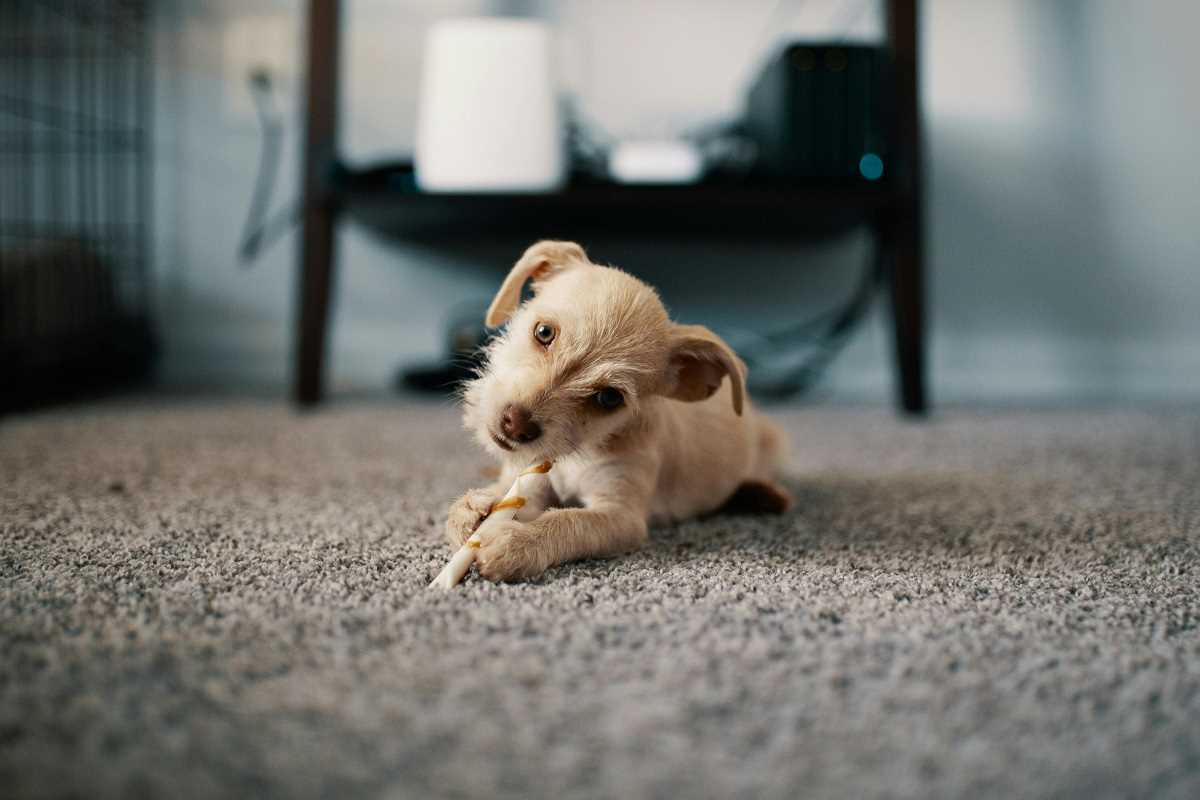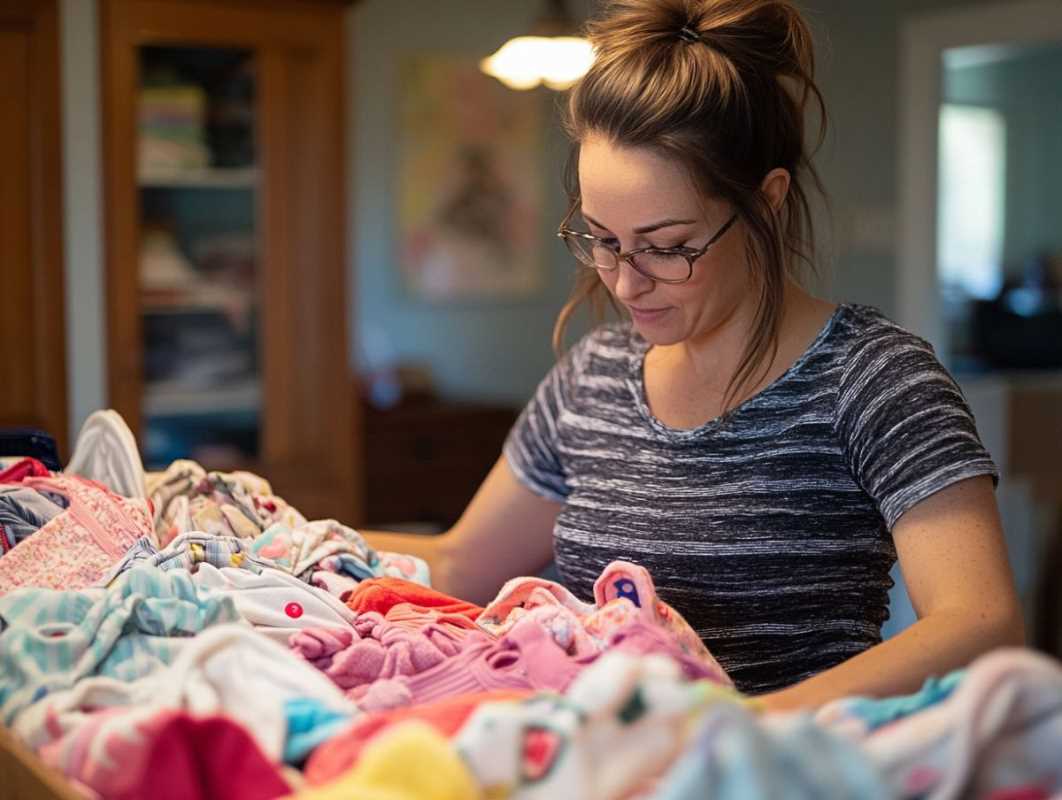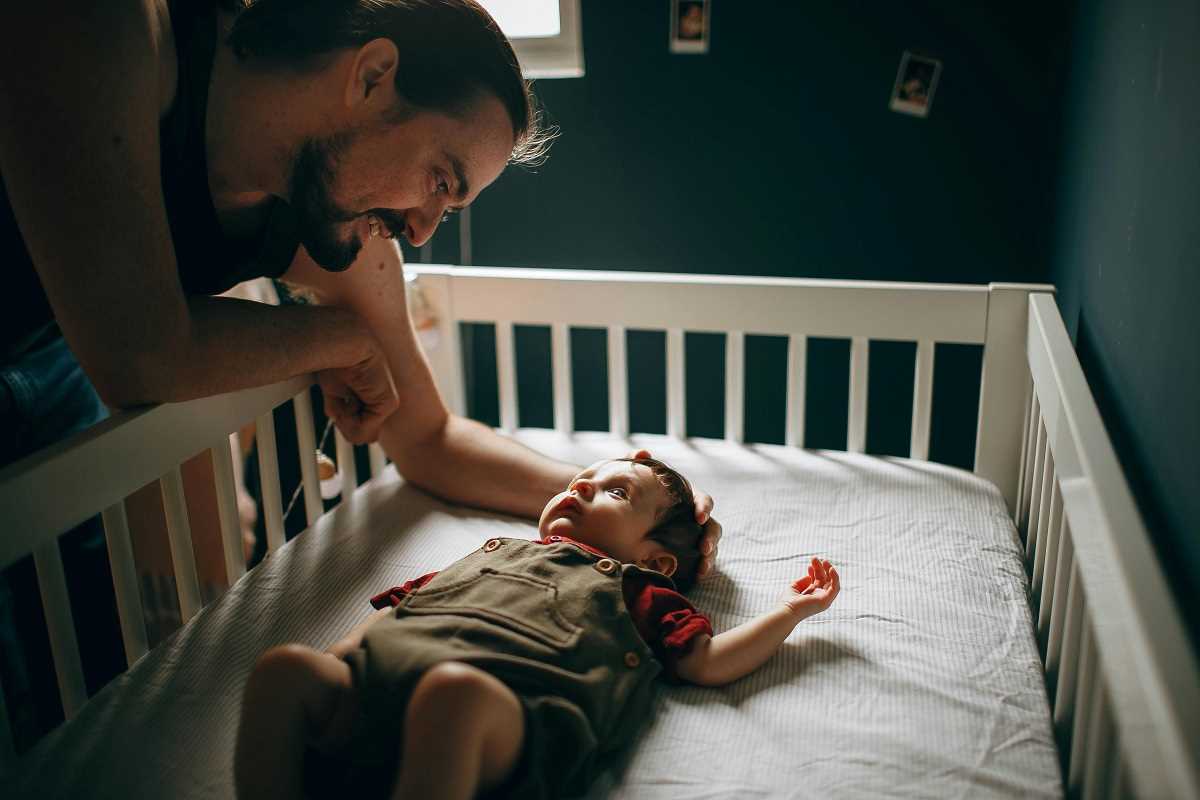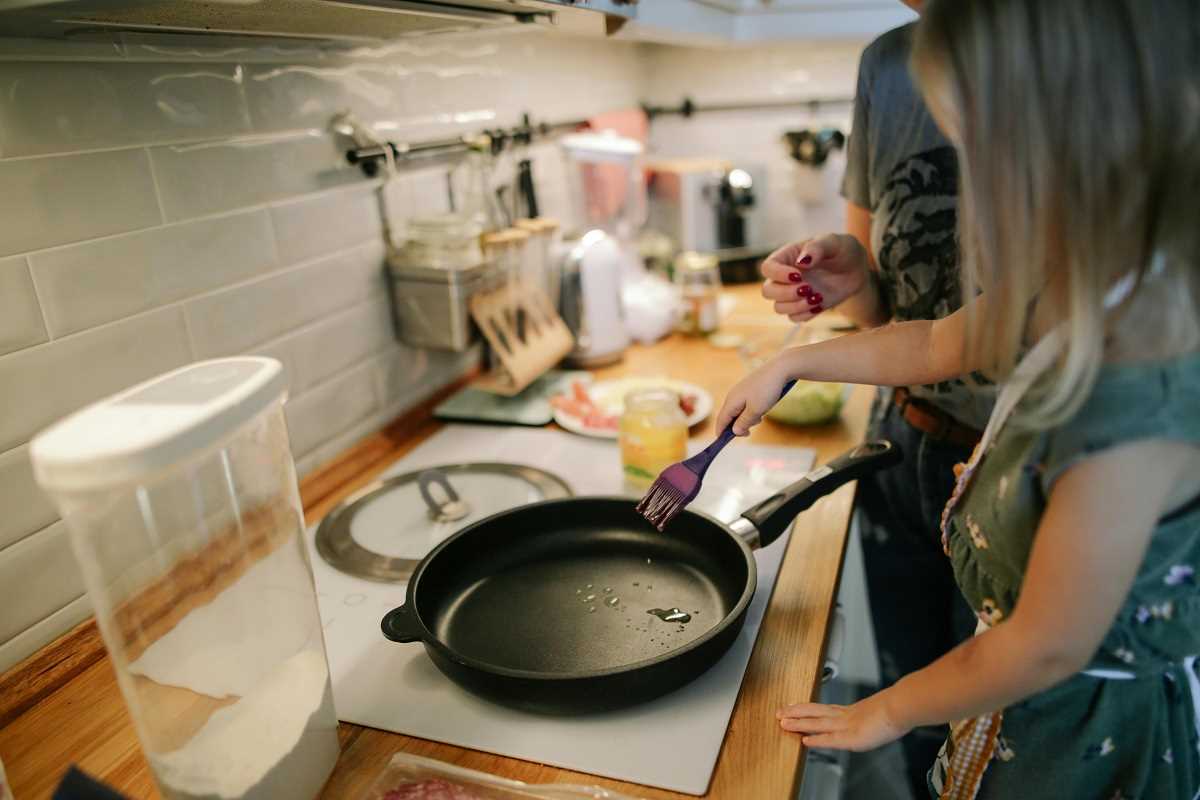Pets and small children can form the most heartwarming of bonds, providing each other with companionship, joy, and plenty of adorable moments. However, bringing pets and toddlers under the same roof also comes with challenges. You can ensure everyone’s safety by maintaining a clean home, and taking proactive steps to create harmony between your furry friends and your little ones. Here’s a comprehensive guide to making life with pets and kids safe, clean, and stress-free.
1. Teach Kiddos How to Interact With Pets
Small children are naturally curious, and pets fascinate them. However, little ones don’t always understand how to respect an animal’s space or recognize warning signs that a pet is stressed.
Tips for Teaching Kids Pet Etiquette:
- Gentle Touch: Teach your child to pet softly and avoid pulling tails, ears, or fur. Demonstrate the right way to touch pets to avoid unintentional roughness.
- Personal Space: Explain that pets need alone time just like people. Create an easy-to-understand rule like “if the pet walks away, it’s time to stop.”
- Supervised Play Only: Always supervise interactions between pets and kids to prevent accidents. Even the gentlest pets may react unpredictably if startled.
- Respect Feeding Time: Make it clear that food bowls, water dishes, and pet feeding times are off-limits for kids. This helps prevent both food snatching and potential defensive behavior from pets.
Consider role-playing with stuffed animals to help toddlers practice animal-friendly behavior. Positive reinforcement works wonders here – praise your child when they treat pets kindly!
2. Set Up Pet-Free Zones
Every family member deserves their own safe space – pets and kids included. Setting up boundaries makes life easier for everyone. For example:
- Pet-Free Rooms: Keep bedrooms or playrooms pet-free if you’re concerned about allergens, pet hair, or accidents. Use baby gates or close doors to enforce these zones.
- Safe Retreat for Pets: Designate a quiet area where your pet can escape if they feel overwhelmed. A cozy corner with their bed, toys, and water bowl will do.
Creating separation helps prevent overstimulation for both pets and children, fostering a peaceful living environment.
3. Prioritize Pet Health and Wellness
Healthy pets are happier (and safer) companions for small children. Regular checkups and preventive measures are key.
Must-Dos for Pet Health:
- Vaccinations: Ensure pets are up to date on all vaccinations, including rabies and any region-specific shots.
- Flea, Tick, and Worm Prevention: Talk to your vet about treatments to keep pests at bay. Kids crawling on carpets or playing in the yard can pick up anything your pet tracks in.
- Spay/Neuter: Pets that have been spayed or neutered are generally calmer and less likely to display aggressive behaviors.
- Regular Grooming: Bathe pets as needed and keep their coats brushed to minimize shedding and dander. Keep nails trimmed to prevent accidental scratches.
A healthy pet is less likely to spread germs and illnesses to your little ones, giving you much-needed peace of mind.
4. Keep Pet Areas Spotless
A clean home benefits everyone, especially when young kids and pets are in the mix. Kids love to touch everything (and sometimes put it in their mouths!), so maintaining cleanliness is crucial.
Quick Cleaning Tips:
- Clean Food and Water Bowls Daily: Wash your pet’s bowls with warm, soapy water to prevent bacteria buildup.
- Spot-Clean Pet Beds Weekly: Vacuum pet beds and wash removable covers to eliminate dirt, fur, and allergens.
- Tackle Litter Boxes: Scoop daily and clean thoroughly at least once a week. Place the litter box in an area toddlers can’t reach.
- Contain the Mess: Use washable mats under food bowls or litter boxes to catch spills and make cleanup a breeze.
- Vacuum Frequently: Invest in a pet-specific vacuum cleaner to remove fur, dander, and dirt from carpets and furniture.
Proactive cleaning reduces the chances of your child coming into contact with germs or allergens, especially during those tactile toddler years.
5. Manage Pet Hair and Dander
Pet hair and dander are inevitable, especially if you have a breed that sheds a lot. These tiny particles can trigger allergies or stick to almost everything, from your child’s toys to their clothes.
Easy Ways to Manage Fur & Dander:
- Brush, Brush, Brush: Regular brushing keeps shedding under control. Choose a grooming tool made for your pet’s fur type. Do this outdoors, if possible, to keep loose fur from spreading in your home.
- Use High-Quality Air Filters: Install HEPA filters in your HVAC system or invest in portable air purifiers to reduce airborne allergens.
- Wash Soft Furnishings Often: Sheets, blankets, and couch covers are magnets for pet hair. Add them to your laundry routine weekly.
- Anti-Allergen Sprays: Use pet-safe sprays on furniture and carpeting to minimize dander buildup.
Keeping your home fur-free (well… mostly) ensures a cleaner environment for your little ones to crawl, play, and snuggle.
6. Supervise Any and All Interactions
No matter how sweet and well-behaved your dog or cat is, never leave them alone with your child. Even the friendliest animals can get startled or agitated in certain situations, and young kids may not always understand boundaries.
Tips for Supervision:
- Body Language 101: Learn your pet’s stress signals, like growling, flattened ears, or swishing tails. Intervene if you sense your pet is becoming uncomfortable.
- Redirect Aggressive Play: If your toddler starts getting too rough, quickly intercept and show them an appropriate way to play instead.
- Establish "No-Go Zones": Make areas like crates, kennels, and beds off-limits to curious kids. Pets need a space to retreat without feeling ambushed.
Teaching your child and monitoring interactions creates a positive, safe dynamic that benefits everyone.
7. Wash Hands (Theirs and Yours!)
Little ones can’t resist touching noses, pulling tails, or investigating pet toys, so keeping hands clean becomes extra important for homes with children and pets.
Hygiene Habits to Practice:
- Handwashing After Playtime: Make it a rule for kids to wash their hands after touching the pet, feeding them, or playing near their toys.
- Pet-Free Meal Areas: Encourage kids to eat at the table, away from pets, to avoid shared snacks or “helpful” tongues on high chairs.
- Storage Solutions: Store pet toys separately from children’s toys to prevent accidental swaps between mouths.
Establishing these habits now ensures hygiene becomes second nature as your child grows.
8. Use Barriers for Tricky Areas
Some spots pose higher safety or cleanliness challenges, such as the kitchen during mealtimes or the backyard. Baby gates or playpens can be lifesavers when you want to separate pets and children temporarily.
Ideal Barrier Uses:
- Kitchen Madness: Keep pets from crowding toddlers during snack time by creating a physical barrier with a gate.
- Outdoor Adventures: If you’re worried about pets knocking over your child while playing outside, use a play yard or fence to keep their zones separate.
Barriers aren’t permanent but provide helpful peace of mind when things get hectic.
Safety, hygiene, and clear boundaries go a long way in creating a harmonious environment for everyone. With a little effort, your home can become the perfect space for pets and kids to grow and play together safely.
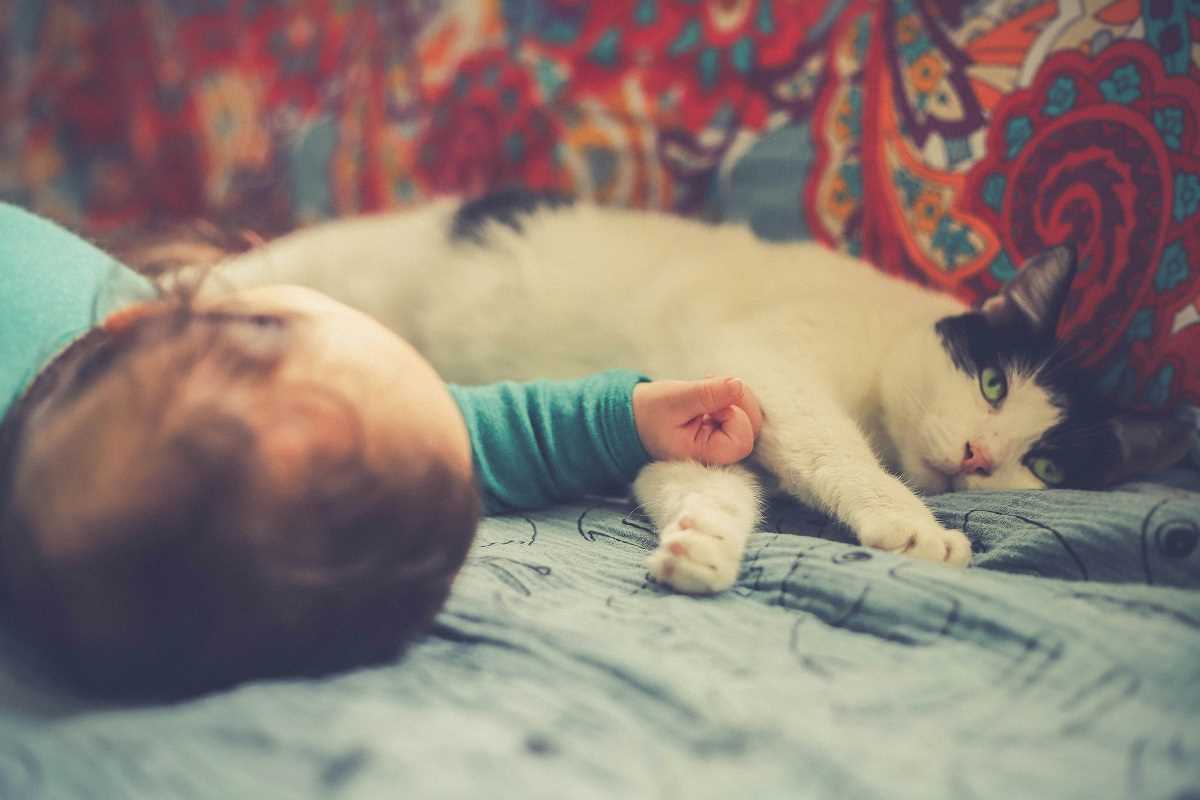 (Image via
(Image via


